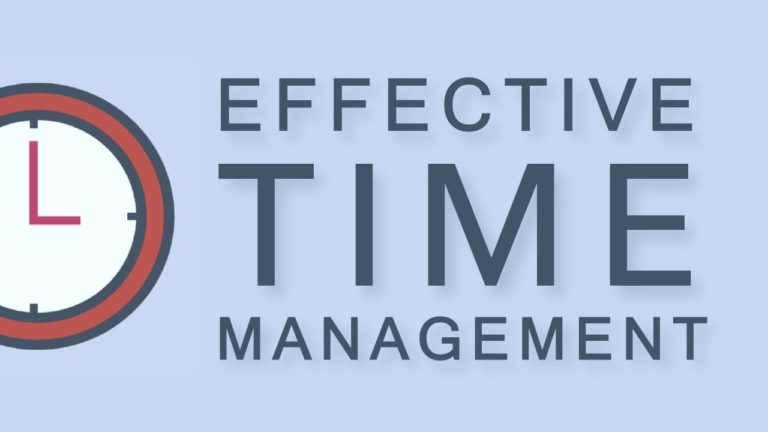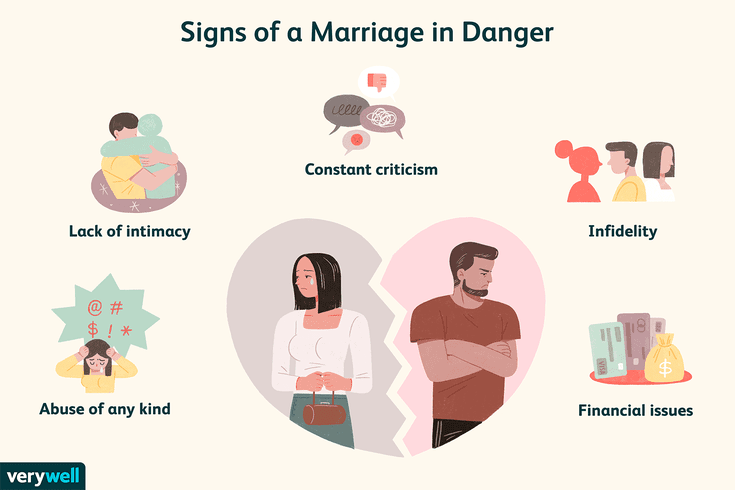Warm Up
—- **FOR NEW STUDENTS**————————————————
- What industry do you work in and what is your role?
- What are your responsibilities in your role/position?
- Can you describe to me the function of your workplace/company?
- How many departments, how many offices. National or International?
- What is the Minimum requirements for employment i.e Education or Experience?
- How many opportunities are there to ‘move up the ladder’?
- What is the process for changing job roles i.e Interview? Test?
——————————————————————————————
General discussion about your workweek:
- Current projects? Deadlines? Opportunities?
- Anything of interest happening?
——————————————————————————————-
Listening
-
What should you avoid when sending an email?
-
What should the subject line include?
-
What language should you avoid using?
The Part of Scripts
-
Did you know that the average office worker receives around 80 emails a day? All of this incoming information can cause stress and tension, and may cause people to miss important messages that can get “lost in the pile.” So, in this video, we’ll explore six steps you can follow to get people to read and act on your emails.
-
Before writing your next email, ask yourself: “Is it really necessary?” Would it better to use Instant Messaging or the phone, instead? Also, avoid sending emails that will likely create a long chain of replies, or which contain sensitive information. Email is not always as secure as we like to think it is.
-
Next, think about your subject line. This should grab your reader’s attention and summarize the content of the message. For example, if you’re sending a meeting reminder, avoid using an over-simplistic subject line like “meeting.” Instead, specify the type of meeting, and the date and time. This could read something like: “Project Review Meeting, 11am – 10th September, 2018.”
-
Keep your sentences short and to the point. The body of your email should be direct and informative. And, make sure that they are focused by writing a different one for each topic you want to discuss. This will make it easier for your recipients to organize their responses.
-
Your emails reflect your professionalism. So, avoid using informal language, slang and jargon. And only use emoticons with people you know well. After all, recipients may share your emails with other colleagues or even clients.
-
Unlike face-to-face conversations, it can be difficult to judge someone’s tone from an email. So, think about how your email reads before you hit “send.” If you think that there’s potential for your feelings or intent to be misunderstood, rephrase your message so that it’s clearer.
-
Finally, take a moment to review your email for grammar or spelling mistakes and double-check that it contains all the key information.
Discussion Questions
- What is the preferred medium of contact in your workplace, IM / Email / Telephone?
- how much does the tone change depending on the recipient? Do you prefer to be more or less formal ?
- Do you correspond with native English speakers? how do their emails differ from Japanese ?
- What industry or workplace specific jargon or slang do you use?
Script
- average / standard
- incoming / outgoing
- tension = the feeling of being so nervous or worried that you cannot relax / the feeling caused by a lack of trust between people, groups, or countries
- lost in the pile / lost in the ether
- act on = make an action on, do
- sensitive information / confidential
- “we like to think it is” = saying that you hope something is true although it may not be
- “grab your reader’s attention” =engages or attracts immediate interest
- summarise / run down / overview
- content = whats inside, the information etc.
- over-simplistic, oversimplify = to explain or consider something in a way that makes it seem more simple than it really is
- to the point = succinct, only the relevant information
- body of your email = the majority of information
- body of work = their work history / finished products/projects “an actors body of work is how many movies that have starred in”
- Reflect your professionalism = conduct, behaviour and attitude of someone in a work or business environment. do something which indicates your professionalism / reflect your personality
- Informal language, slang and jargon
- emoticons = ^_^ 🙂 (Ω __ Ω)
- After all / at the end of the day= used when giving a reason to explain what you have just said
- recipients = person who is receiving something
- judge someone’s tone = decide what mood or what emotion they are trying to use
- reads = interpreting someones tone or demeanour
- intent = what you hope for people to understand about your actions
- rephrase = choose different words or phrases (synonyms etc)
Business English word rephrasing ;
Answers
1. create a long chain of replies, or which contain sensitive information
2. Grab your reader’s attention and summarize the content of the message



